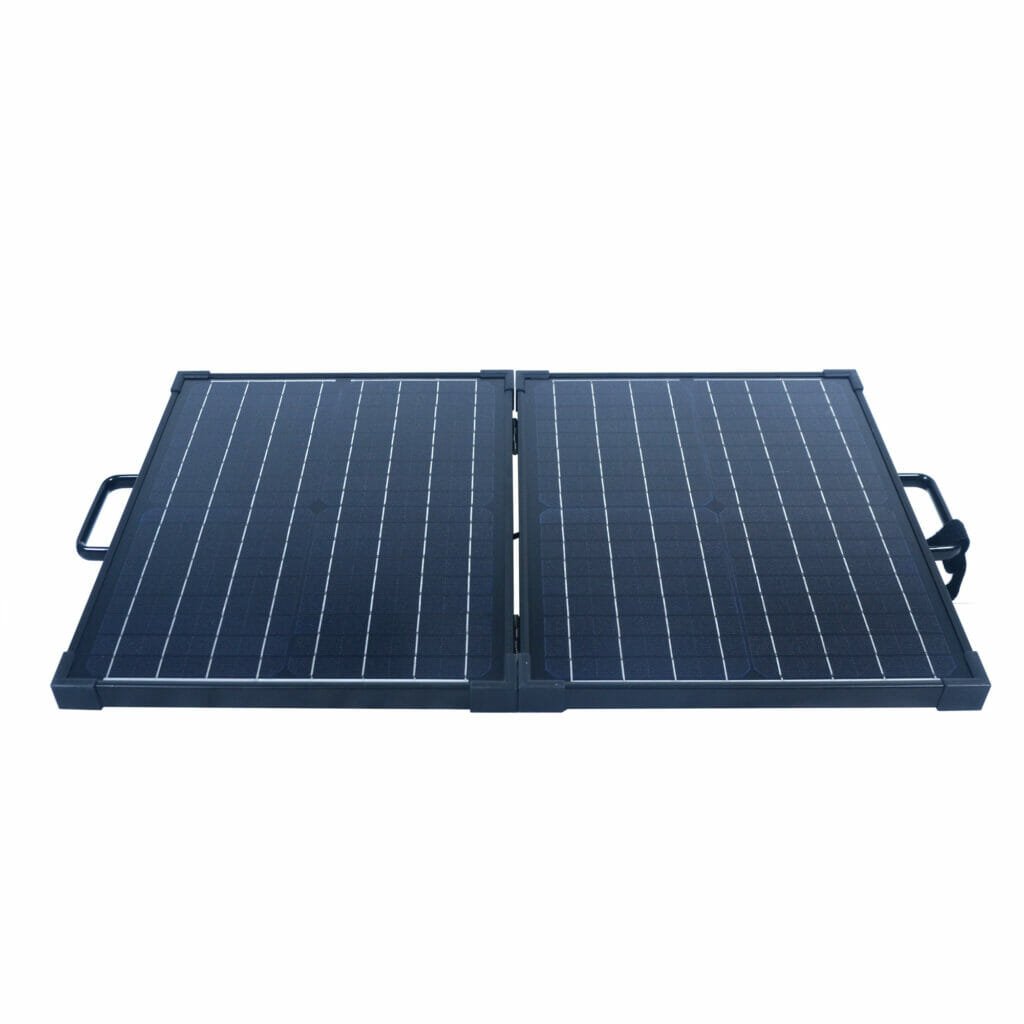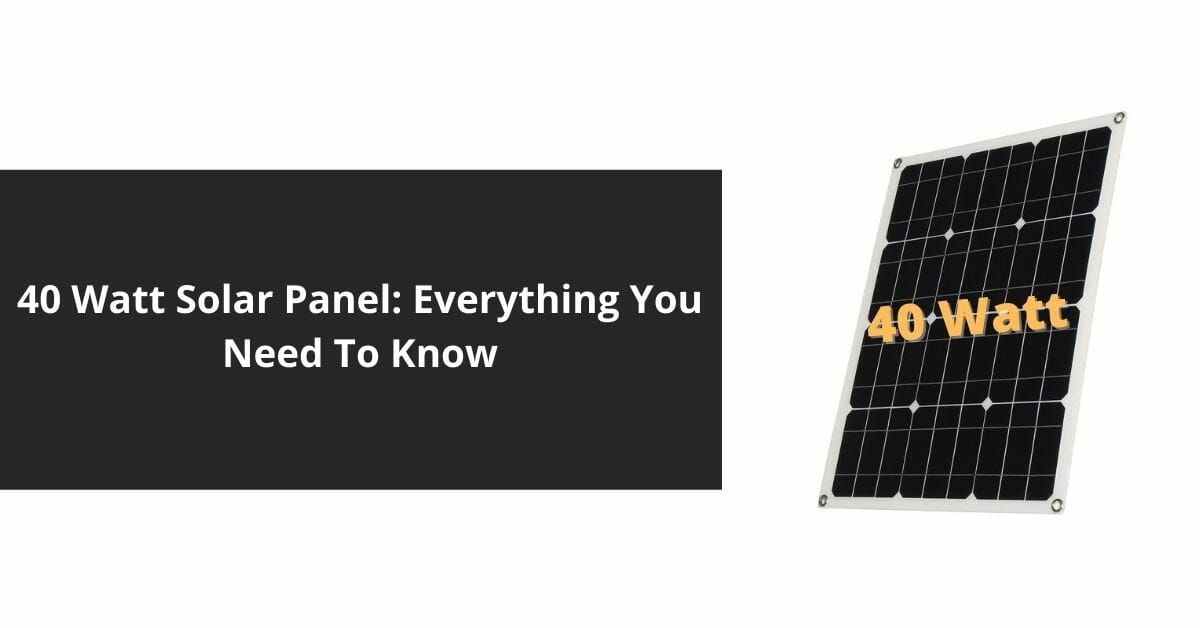
After this guide, you'll never need to read any other article about a 40-watt solar panel.
you'll learn, how much power you can expect from a 40-watt solar panel, what you can power with it, right size battery, charge controller, inverter, and cable size for a 40w solar panel.
40-watt solar panel specifications
- Solar Panel Size: 40 Watt
- Maximum Power at STC: 40 Watt
- Maximum System Voltage: 600V
- Voltage at Pmax(Vmp): 18.0V
- Open Circuit Voltage(Voc): 21.2V
- Current at Pmax(Imp): 2.22 A
- Short circuit current(Isc): 2.44 A
How to read solar panel specifications
How much power does a 40-watt solar panel produce
By knowing how much power can a 40w solar panel produce will let you know the actual worth of your solar panel and also this will determine what you can run on your 40w solar panel
in short, On average a 40-watt solar panel will produce 160-200 watt-hours of power in a full day
40w solar panels are designed to produce 40 watts of power per hour under standard test conditions (STC) which include radiation of 1 kW/m2, a cell temperature of 25°C, and no wind
But in the real world on average you can expect 80% of the output from their full capacity.
Also, sun hours will play a huge role in the output of your solar panels.
Sun hours: The time spent by the sun in a position that generates the peak energy for solar panels (radiation of 1 kW/m2)
Every geographical location receives different hours of solar sunlight.

Check how many hours of sunlight your city receives
I live in Florida city, so here we receive about 5 hours of sun ideal sunlight for the solar panel
Now let's make the calculations
40*0.8 (80%) = 32 watt
32*5 = 160 watt
So in 5 hours, you can expect 160 watts of power from the solar panels. But if you place your solar panels all day long it can add an extra 30-40 watt
These values will vary from location to location, so make sure to check the sun hours in your area.
How many amps does a 40-watt solar panel produce
To calculate the value of amps or current use this formula (Amps = Watt/Volts)
Under ideal sunlight conditions, a 12v 40W solar panel will produce 18 volts, 2.2 amps, and 40-watt
40w/18v = 2.2 Amps
voltage output will depend on the intensity of the sun so which means it will fluctuate a lot so does the current.
40-watt solar panel charge controller
So you'll need a charge controller or regulator to manage the flow of voltage so you can charge your 12v battery.
To calculate the size of the charge controller or regulator for your solar panel use this formula

40/12 = 3.3 Amps
3.3 + 25% (or *1.25) = 4.1A
you'll need a 5A charge controller with a 40W solar panel but I would recommend a 10A charge controller which will give you a room in the future to add more solar panels to increase the production
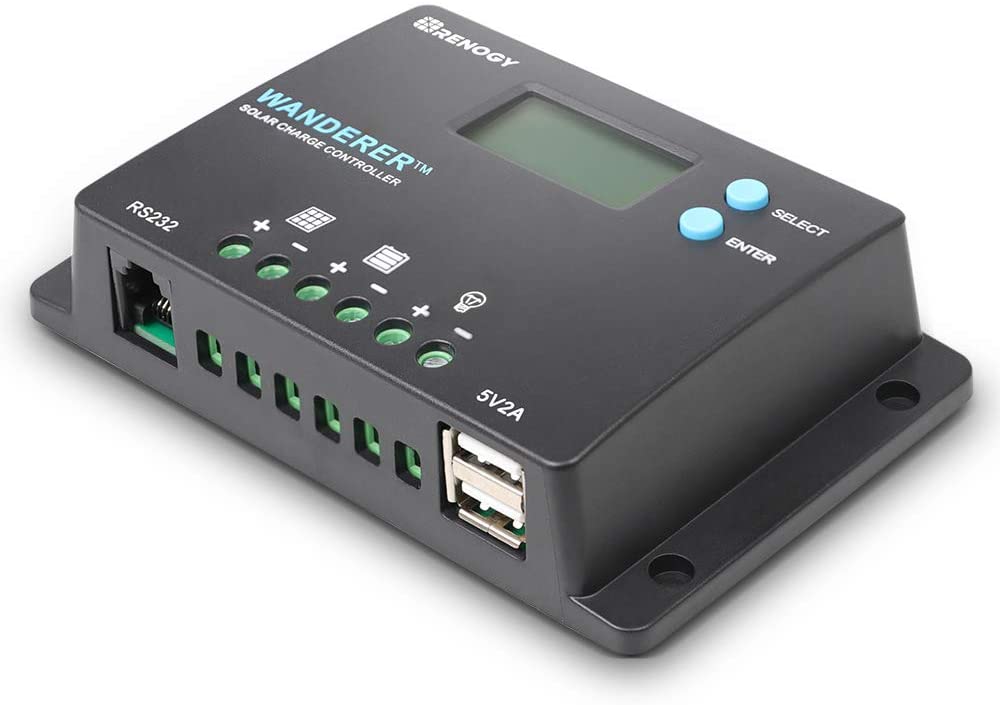
10 Amp 12V/24V Charge Controller
Check Price
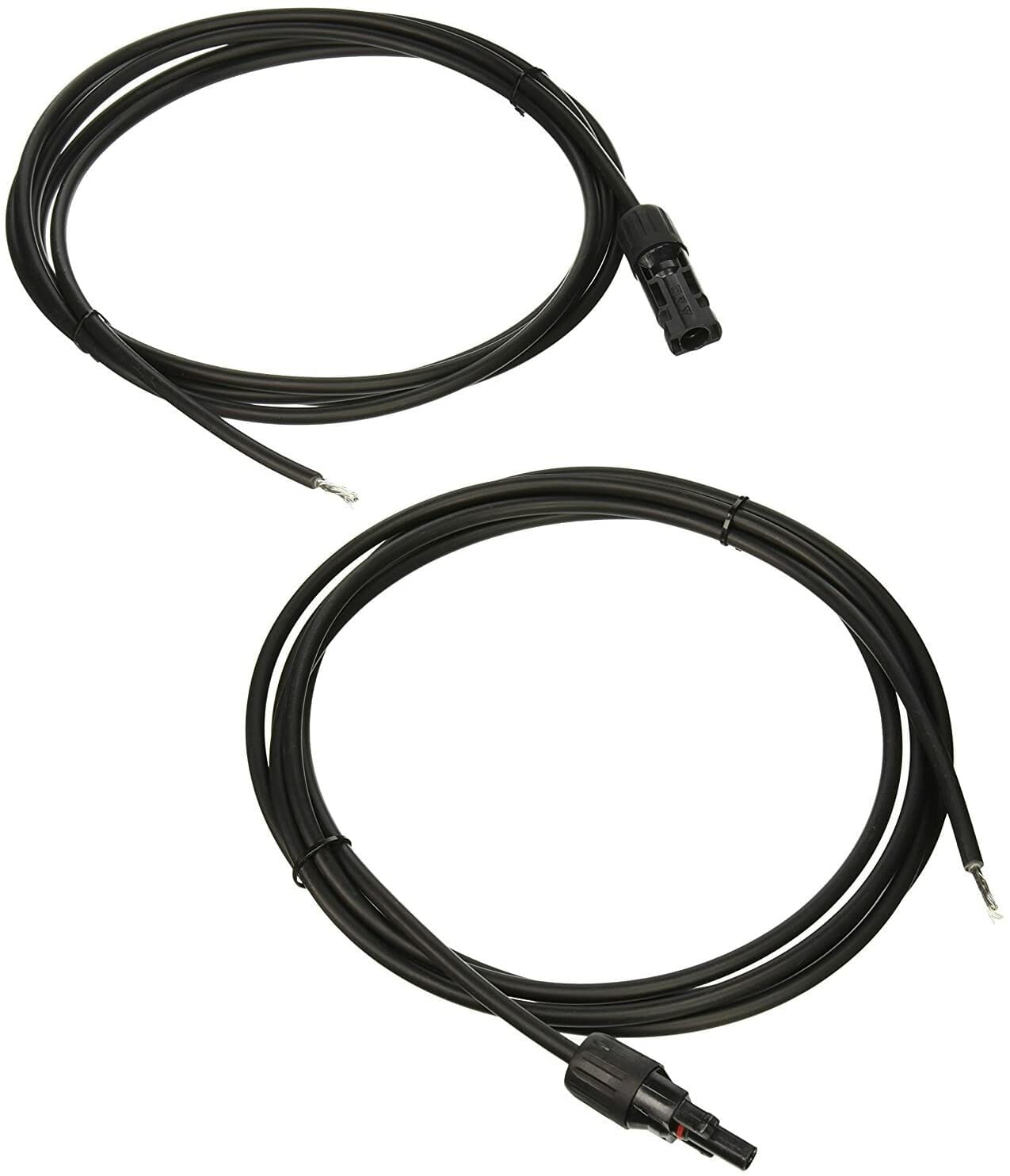
10ft 12AWG adaptor Kit Solar Cable to Connect Solar Panel and Charge Controller
Check Price
What can a 40-watt solar panel run
in short, 40W solar panel can run a small DC fan, charge a cellphone, 22 Inch LED TV, Air Purifier, Aquarium Pump, DVD Player, Extractor Fan, LED lights, etc...
There are a few key points to keep in mind
- The total power produced by the solar panels (Per hour & per day)
- AC vs DC load
- The size of the battery bank
As we know, the maximum output you can expect is 40 watts from your solar panel under very ideal conditions but this will rarely happen
So you'll receive about 30 watts per hour, so if your running a DC load directly from the solar panels with the help of a DC-DC regulator or Charge controller (which is not recommended) your total output load should not exceed the output wattage of your solar panels.
Examples of DC load appliances is Laptop charger, phone charger, portable fan, DC fans, or other small appliances which consume less power and has a built-in regulator
In simple words, these appliances will accept only 12 volts of input but on the other hand, our large household appliances required AC (alternating current) or 220 volts.
Why AC appliances are designed for 220 volts? to understand this remember this formula (Amps = watts/volts), So if you have a large appliance that consumes about 1500 watts like a space heater (1500W/12V = 125 Amps)
So in order to run this heavy load, your wirings will have to handle this many amps (current) and for this, you'll require a very thick wiring system which will cost a lot of money
but what if your house is consuming about 5000 watts of power per hour? That is why the grid systems are built in 220 volts so do some large appliances
This is why inverters are invited, A job of inverters is to convert the DC into AC so you can run your large household appliances.
During this conversion, there will be some power loss of about 15-5% (depending on the inverter efficiency rate) so most of the inverters are about 85-90% efficient
So if you're running an AC load directly from your 40W solar panel then your output load should not exceed 27 watts (32*0.85 = 27 Watts). (But remember the solar panel should be connected to the charge controller and then from the charge controller your inverter should be connected)
This is not a lot of difference but still, it will make some impact on the overall per day power output
200*0.85 = 170 watt
So now your overall power production from the 40W solar panel will reduce to 170 watts per day (30 watts of power loss if you're using an inverter or running AC load)
Will a 40-watt solar panel charge a 12-volt battery
A 40-watt solar panel can charge any size 12v battery but it can only add 16 Amps to the battery bank in a whole day.
12v batteries come in different sizes so with the help of a charge controller you can store the DC power produced by the solar panels in the battery bank to later use
Battery size for 40-watt solar panel?
The 40-watt solar panel can only add 16Ah to the battery bank, so if you're using a Lead-acid or AGM small 12v battery you'll need a 30Ah battery. But, I would recommend a 50Ah battery but for lithium-ion a 20Ah battery will be a best suit
The size of the battery will depend on how many amps your solar panel can produce per day (Amp = watts/battery volts)
200/12 = 16Ah
But if you have a lead-acid battery type that comes with a DOD (depth of discharge) limit of 50% it means you can only discharge your battery to it half. on the other hand, lithium batteries can be fully discharged
So select the battery size accordingly, but I would recommend a 50Ah battery which will give some extra room to add more solar panels, or maybe in summer you'll be able to store more than 16 amps
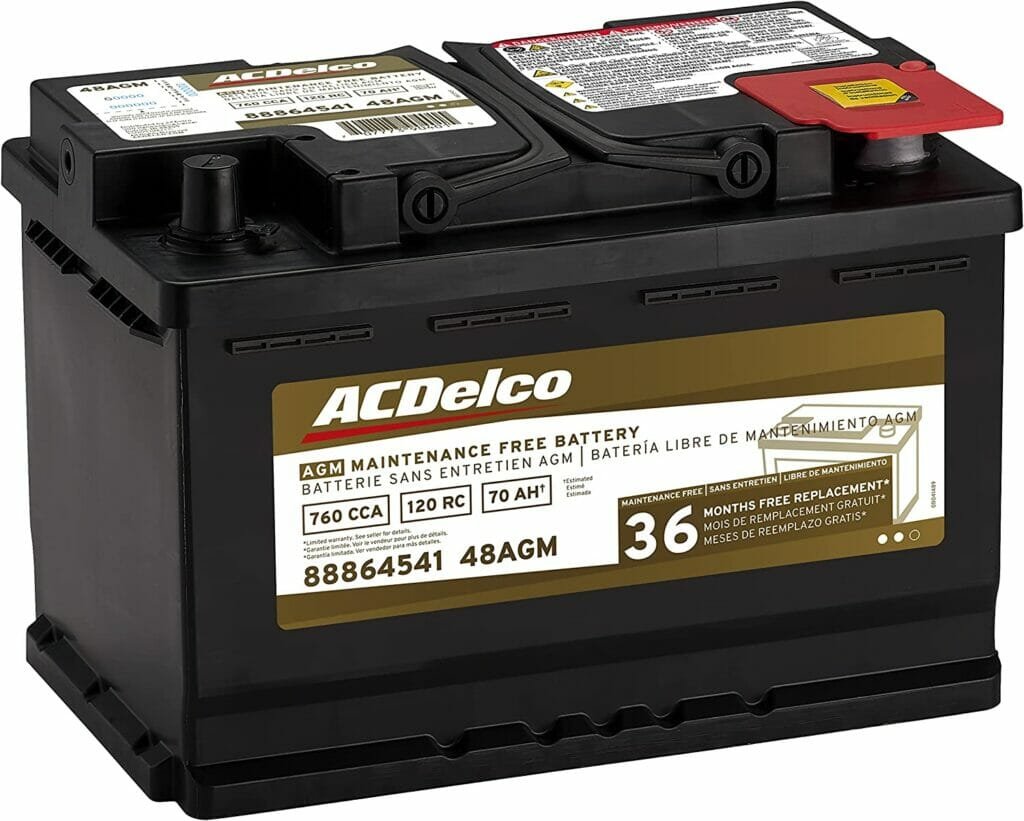
48Ah AGM Deep Cycle battery
Check Price
How long does it take a 40-watt solar panel to charge a battery?
A 40-watt solar panel will take 5 hours to charge a 18Ah battery from 0-100%
I have made a calculator for you guys to calculate the charging time of your battery bank with the solar panel
Enter the Capacity of the battery bank (Ah), its voltage, the number of peak sun hours (use the above site which I have mentioned), and then the solar panel size
How much do 40-watt solar panels cost?
Here's a list of different brands and types of 40W solar panels along with their price
| 40W solar panel (Brand) | Portable/Mounted | Price |
|---|---|---|
| Nature Power | suitcase Style | $150 |
| EnginStar 40W Solar Panel | Foldable | $89 |
| ZeroKor 40W solar panel | Foldable | $109 |
| Go Power 40W solar kit | suitcase Style | $415 |
| HZRU 40W solar panel | Foldable | $120 |
| Alpha Digital | Foldable | $135 |
is a 40-watt solar panel enough
40W solar panel is enough to recharge your small appliances like cell phones, portable Fans, and LED lights. So in short, you'll only be able to get 200 watts of total power output from your 40W solar panel so is that what you need? then it is enough for you.
40W solar panel can be the best suit for backpackers, to a person who needs an extra small amount of solar power so he can run some appliances without relying on the grid power.
You can also buy this as a back option in case of emergency to run the LED lights or small DC fans.
I hope this guide was helpful, if you have any queries Contact Us. Thank you!
